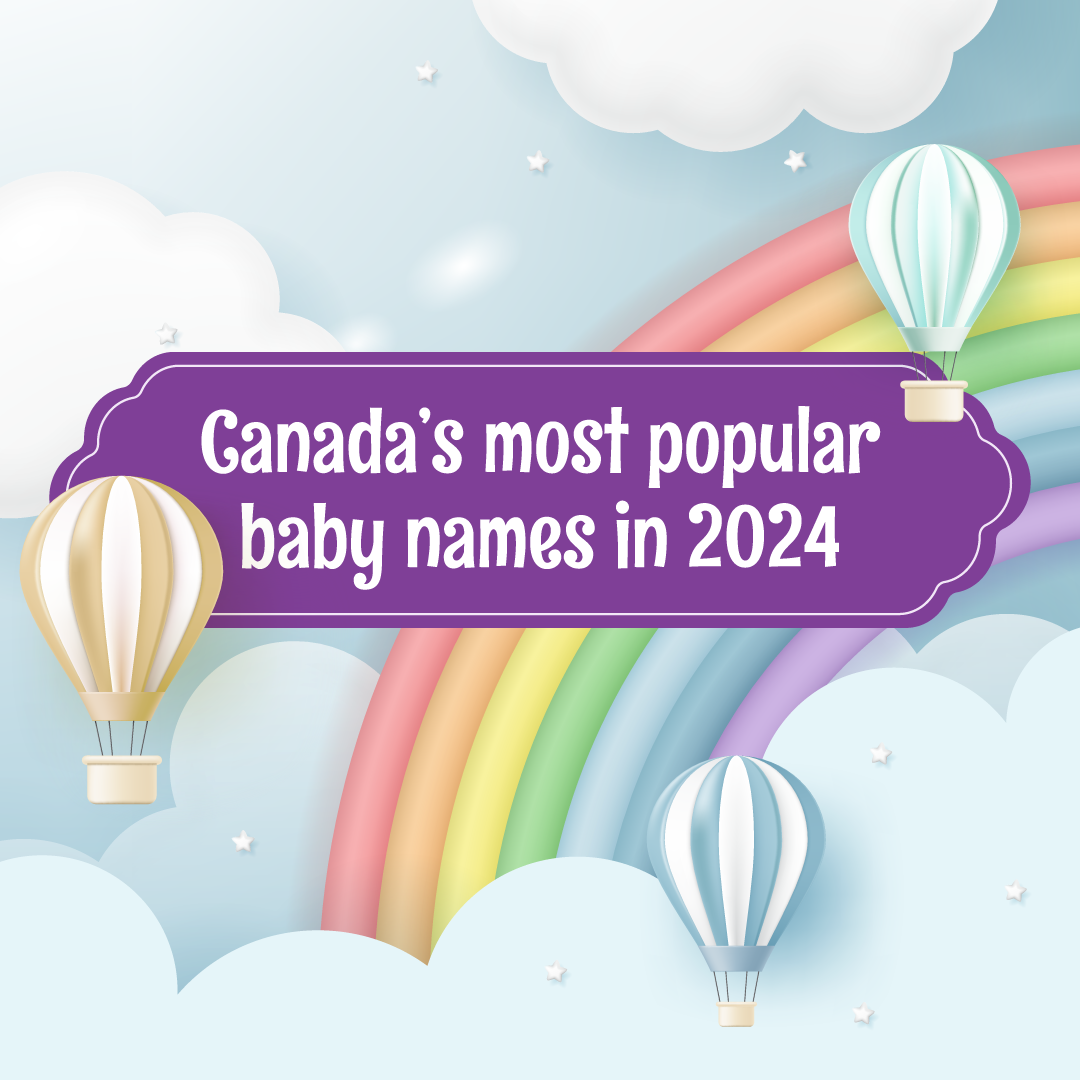Canadian Biomonitoring Data, Reference Ranges and Associations with Health Outcomes of Priority Metals and Trace Elements to Inform Risk Assessment under the Chemicals Management Plan
Principal Researchers: Dr. Innocent Jayawardene and Dr. Sabit Cakmak, Health Canada
Affiliation: Health Canada
Purpose
This project will generate biomonitoring data, examine associations with health outcomes, and establish reference ranges to inform risk assessment for metals/trace elements identified as priorities for action under the Government of Canada's Chemicals Management Plan (CMP). These metals and trace elements include (but may be not limited to) Aluminum (Al), Bismuth (Bi), Chromium (Cr), Germanium (Ge), Lanthanum (La), Lithium (Li), Neodymium (Nd), Tellurium (Te), Titanium (Ti), Yttrium (Y), Cerium (Ce), and Praseodymium (Pr).
Scientific importance
This analysis will provide an estimation of exposure to metals and trace elements and will allow for the investigation of possible associations with respiratory, kidney, liver and hematopoietic health, using data collected as part of the Canadian Health Measures Survey (CHMS). It will also provide data for regulatory assessments under the CMP to help determine the potential for harm to human health from current levels of exposure to these substances from the environment, food, drinking water and consumer products. If the potential for human health risk is identified, risk management actions may be proposed to reduce risk for the Canadian population as appropriate.
The establishment of Canadian reference ranges will afford opportunities to identify vulnerable populations and/or track progress in reducing exposures over time.
Output
Population-weighted summary statistics of concentrations of metals and trace elements in Canadians will be published as part of assessment reports on the CMP Website, as biomonitoring reports, in peer review journals, and/or presented nationally or internationally at scientific conferences on environmental health.
Biospecimens used in this study were collected as part of CHMS cycle 2 (August 2009 to November 2011)

 Couple relationships
Couple relationships Families
Families Family characteristics of individuals
Family characteristics of individuals Households
Households
















